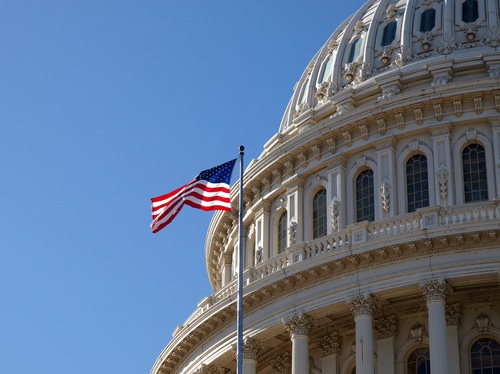
U.S. airports will now be randomly swabbing the hands of passengers to check for traces of explosive materials. You may be familiar with this technique as it was previously used with carry-on baggage of some passengers.
Soon now, though, travelers can expect to see the increased random use of ETD [explosive trace detection] technology in different areas, including checkpoint lines and at boarding gates. Officers may swab a piece of luggage or passengers’ hands, then use ETD technology to test for explosives. The swab is placed inside the ETD unit which analyzes the content for the presence of potential explosive residue. To ensure the health of travelers, screening swabs are disposed of after each use. Since it will be used on a random basis, passengers should not expect to see the same thing at every airport or each time they travel.
buy oseltamivir online www.dino-dds.com/wp-content/uploads/2023/10/oseltamivir.html no prescription pharmacy
This measure has been put into place in response to the attempted bombing of Northwest Flight 253 on Christmas day. Currently, the TSA has more than 7,000 ETD machines and has purchased 400 additional units with $16 million in federal stimulus money. The president’s fiscal 2011 budget calls for $60 million to purchase approximately 800 portable ETD machines.
But can’t terrorists wash off trace amounts of explosives with soap and water? Apparently not. The ETD can detect race elements “down to the nanogram — or billionth of a gram,” making it nearly impossible, no matter how many times hands are washed, to completely rid oneself of traces of explosives.
What exactly are the machines trying to detect? The official TSA list is classified. But it probably covers any commonplace explosive you can think of, including fertilizer, nitroglycerin (used in dynamite), C4, TNT, RDX, and PETN, the chemical used by Umar Farouk Abdulmutallab on Christmas Day.
Other security measurers are also being implemented in airports across the country. Backscatter x-ray and millimeter x-ray machines are currently being used in a handful of airports, while hundreds are in the process of being put into place by the TSA.
Privacy groups, however, are up in arms about the technology, which is part of the reason they are not more commonplace in American airports.
For more on this discussion, check out the March issue of Risk Management in which we feature an article titled “Airport Security: Privacy vs. Safety.”



